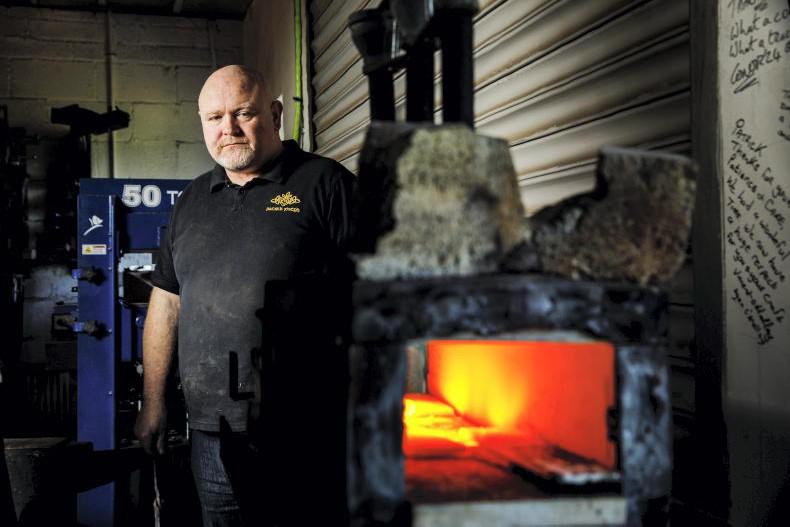Reading my good friend Marty Morrissey’s autobiography It’s Marty! over Christmas reminded me of how primitive the Irish broadcasting sector was up until 30 years ago. It was this year three decades ago I graduated from college without a notion as to how I was going to make a living.
I got a job working in the Hogan Stand GAA magazine for a year before getting a break to join Shannonside/Northern Sound in 1993.
Marty had worked in TV before radio which in broadcasting is a bit like having your dessert before the main course. He was the first news editor of Clare FM founded in 1989. That was the year Minister for Communications Ray Burke formed the pathway for licensed local radio which was huge for rural Ireland.
He warned me that away from the glamour, local radio jobs were poorly paid
I remember telling the late former TD Austin Currie that I’d been offered a job in local radio. He warned me that away from the glamour, local radio jobs were poorly paid. He was somebody I had gotten to know as he held his clinics in Dad’s pub and he tried to lure me into local politics. How right he was on the pay front!
But it allowed me create the foundation on which to build my career in broadcasting. I covered county council and other local authority meetings. They were the most boring and tedious events ever. I dreaded them.
At the monthly meeting in Cavan one Monday, the late county manager Brian Johnston, a no-nonsense man, was sitting at the high table behind the journalists facing the council chamber when he passed me a note telling myself and Anglo Celt reporter Anselm Lovett to “go home to f**k!” We did. End of meeting.
No point in a councillor making a long-winded speech about potholes if there was going to be no journalist there to report it.
My duties in those early days, apart from the penance of local authority meetings included reading daily farm news bulletins
Covering local authority meetings turned me right off any notion I may have ever had of running for politics. We worked in those early days without the luxury of course of the internet. Sourcing local news was very much done by wearing out shoe leather.
My duties in those early days, apart from the penance of local authority meetings included reading daily farm news bulletins. I made many right howlers including misreading Simmental as “sentimental”. Yet of all the areas I covered, this duty proved to be the door opener into RTÉ years later.
Marty notes in his book that Clare FM was the first station to introduce the “death notices” section on Irish radio.
On giddy days, it was sometimes the most difficult thing to read out death notices solemnly whilst trying not to laugh
It was quickly copied by all the other local stations and became a huge money spinner for often cash-strapped stations. On giddy days, it was sometimes the most difficult thing to read out death notices solemnly whilst trying not to laugh. I remember digging my nails into my arm until I drew blood so as not to laugh at something which had just happened in the newsroom seconds beforehand.
I presented a current affairs show whereby I researched, sound engineered, scripted, presented and actually rang the guests to put on air whilst another guest was answering a question live. It was a one-man show but I interviewed all of the key politicians involved in the Northern Peace Process during the 1990s on this one man daily current affairs show.
It was mad stuff, but local radio was and still is the best university when it comes to learning about broadcasting journalism. It’s Marty! brought all the memories flooding back.
Mary-Lou McDonald is the roaring hot favourite to be Ireland’s first female Taoiseach. But what are the odds on Helen McEntee ousting under-pressure Leo Varadkar between now and December when a battered Fine Gael are due to reclaim an Taoiseach’s office?









SHARING OPTIONS